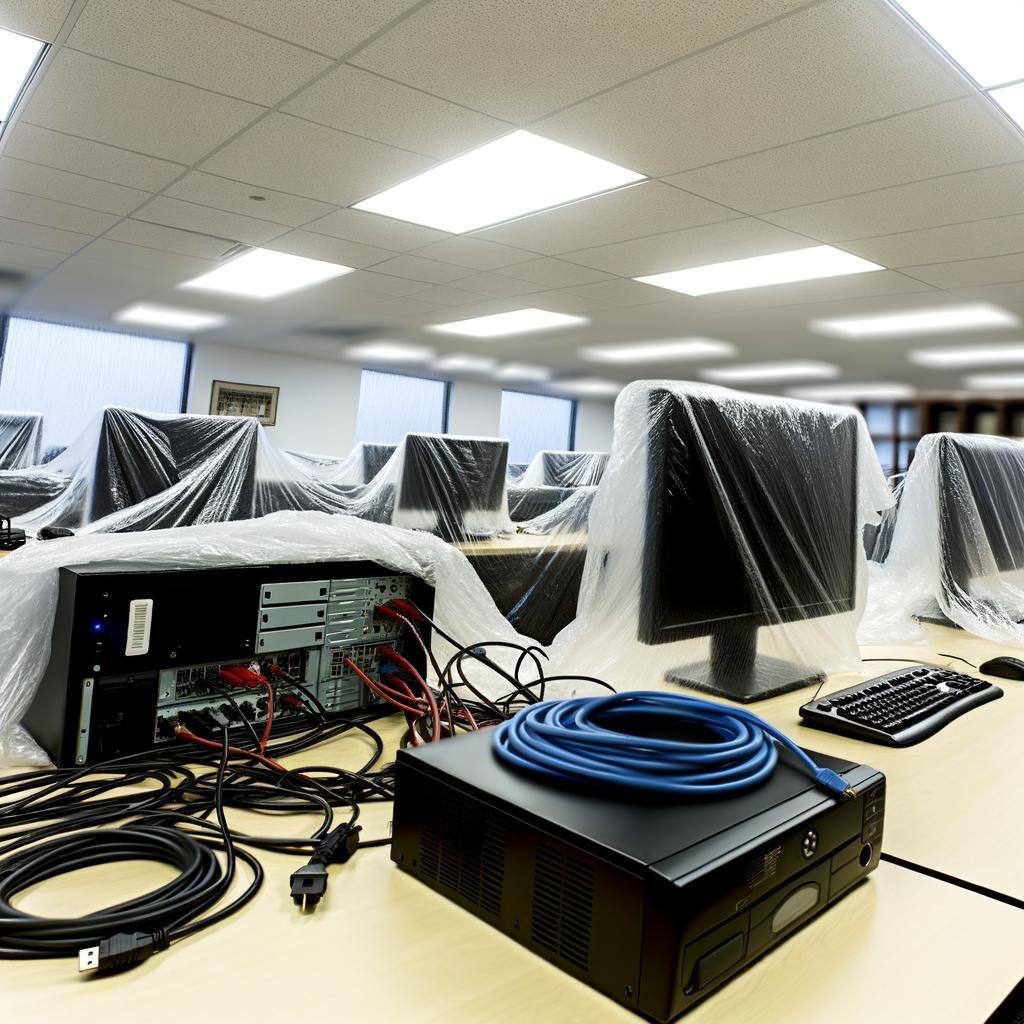Preparing Your IT Infrastructure for Hurricane Season
Brought to You by Four Winds IT Emergency Contact: 941-315-2380

Anyone who has ever worked through a botched, new technology roll-out knows that even the best thought-out plans can quickly turn disastrous, especially if employees do not adopt the new technology.
Judy in accounting does not like the new company CRM and her negativity poisons those 'around the water cooler' who would otherwise be open to the new system.
Joe in production flat out refuses to learn the new ERP application. By doing so, he reduces his productivity and that of those whose work relies on Joe's work.
Scenarios such as these ultimately derail new technology roll-outs. Avoiding negative outcomes like this depends on a company's ability to design, plan and implement the change. Here are five employee technology adoption strategies that will help:
---------------------------------------------------------------------------------------------------------------------------
The success or failure of your new program begins with the technology you’ve chosen, and why you have chosen it. Ensuring employee adoption begins well before the training programs for rolling out a new solution.
Be prepared to answer the following questions when contemplating a new technology rollout:
---------------------------------------------------------------------------------------------------------------------------
What we see too often are organizations that take only a high-level look at key stakeholders while missing the full impact on other users.
The only way to truly know who needs to be involved in a new technology adoption plan is to talk to people. Do not assume anything. Ask every department and thoroughly document the specific ways they use the tool you are thinking about replacing before making any final decisions.
---------------------------------------------------------------------------------------------------------------------------
Once you have decided on a new piece of technology, use the information you’ve gathered about organizational benefits, pain points and involved stakeholders to create a roll-out plan. Depending on the technology you have chosen your plan should involve any or all of the following elements:
"Deploy your solution in phases, and start with the people or departments you know are most likely to adopt and succeed with the software. Select people who are visible and carry influence inside the organization and, before you go broad, pour all your resources into making these early adopters wildly successful. They will be your references and internal case studies when you move forward to subsequent phases of deployment.”
---------------------------------------------------------------------------------------------------------------------------
Most people, when they get the latest smartphone, tablet, computer, or TV, are genuinely excited to learn how to best use their new technology. Training should not be a burden. Craft a training program that is a fun challenge – not a hardship. While you may not be able to get your employees as excited about a new ERP or CRM as they would be about a new iPhone or tablet, it is, however, the kind of feeling you should strive for! Here are several things you can do to help this happen:
---------------------------------------------------------------------------------------------------------------------------
Finally, recognize that a roll-out is never really “done” even after your employees have switched over fully to the new technology.
“A final step for the successful introduction of new technology into an organization is to perform an evaluation of its performance once installed. There may be actual problems with the way the technology works, or there may be perceived problems for some users. An evaluation identifies both types of problems.”
Evaluate your implementation success at various intervals as you go forward. Follow up directly after launch to identify users who are struggling or had training that was insufficient. Follow up again at a later date to uncover problems that might be occurring infrequently.
Remember: Encourage feedback from employees and prove that you are willing to act on their suggestions.
The experts at Four Winds can help you create your own technology roadmap and help you plan, design, and implement your next technology roll out. Talk to a Four Winds Expert today to find out more!

Brought to You by Four Winds IT Emergency Contact: 941-315-2380

Introduction: In today's digital age, the protection of data and networks from cyber threats is paramount for organizations of all sizes....

3 min read
According to the latest forecast from the National Oceanic and Atmospheric Administration, we are likely to see an above-average...